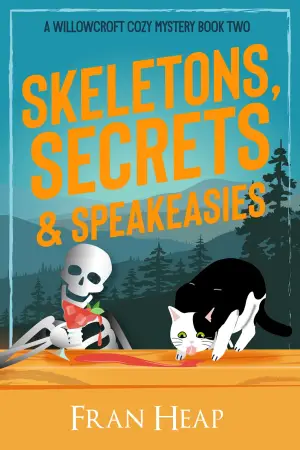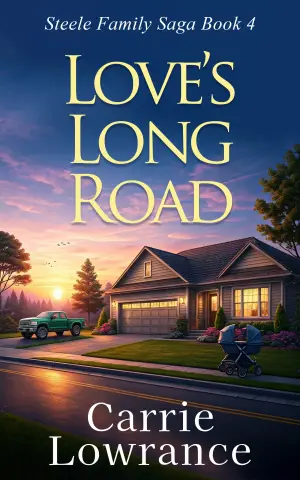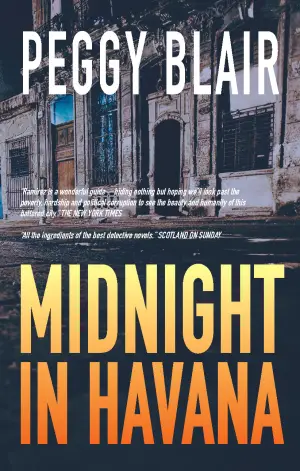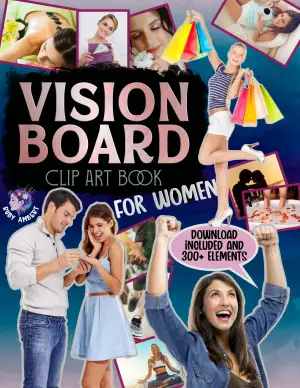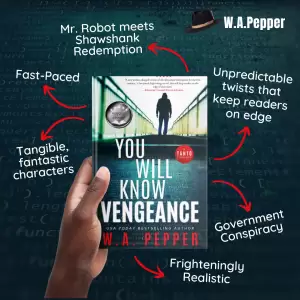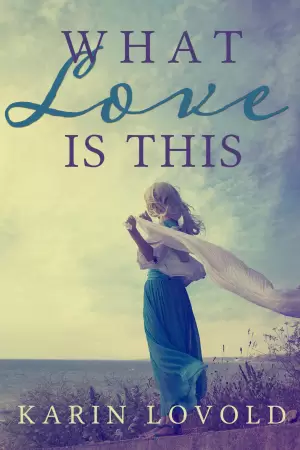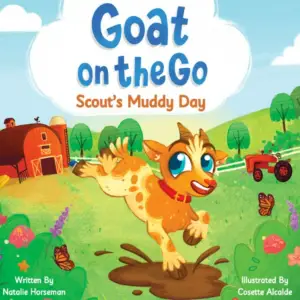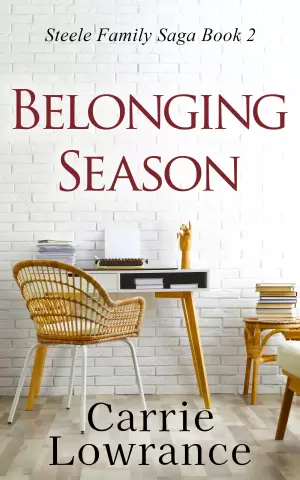A Journey Through Time: Reflections on A Wrinkle in Time
I picked up A Wrinkle in Time by Madeleine L’Engle after hearing whispers of its enduring legacy among young readers and writers alike. There’s something magnetic about a story that promises adventure, wonder, and the exploration of complex themes like love and courage. As I turned the pages, I found myself not just reading, but experiencing a deeply personal journey, one that resonated with both my childhood self and my current literary aspirations.
At its heart, A Wrinkle in Time is about the struggle against darkness, both literal and metaphorical. It follows Meg Murry, a teenager grappling with self-doubt and the unknown, who embarks on a cosmic adventure to rescue her father. Together with her brother Charles Wallace and the mysterious Mrs. Whatsit, they navigate through time and space, facing a malevolent force known as IT. L’Engle’s portrayal of Meg is profoundly relatable—her confusion, anger, and longing to belong reflect the struggles we all face at various stages of life.
The themes of love and acceptance stand front and center, woven delicately into the narrative. Mrs. Whatsit’s guiding words remind us that "you must have faith" and that true strength often lies in vulnerability. I found myself reflecting on a particularly poignant exchange where Mrs. Whatsit urges Meg to trust in herself, saying, “You see, all the words are inside you already.” This sentiment struck a chord with me as a writer, evoking the ever-timorous relationship we have with our own creativity. As I read Meg’s journey, it mirrored my own struggles with self-doubt and the fear of inadequacy.
L’Engle’s writing style is as unique as her storytelling. The pacing blends swift adventure with reflective moments, allowing the reader to digest the weighty themes while still being swept away by the action. The vivid imagery—traveling through tesseracts, experiencing the “happy medium”—is enchanting. One cannot help but envision the worlds L’Engle meticulously crafted, each layered with nuances that invite exploration and introspection.
There are numerous memorable lines, but one that stands out is echoed through Mrs. Who’s Latin phrase, “Certum est quia impossibile est” (It is certain because it is impossible). This powerful notion encourages readers to embrace what seems unattainable—a lesson I found both challenging and inspiring. How often do we hesitate to chase our dreams simply because they feel impossible?
A Wrinkle in Time is not just a children’s book; it is a call to all readers to understand the importance of imagination, love, and the belief that even the smallest voice can spark monumental change. I believe that anyone grappling with their identity or the complexities of growing up, or perhaps looking for a beautiful marriage of science fiction and philosophy, will find solace and inspiration within L’Engle’s pages.
In closing, this book has not only enriched my understanding of storytelling but has also reignited my own passion for writing. As I contemplate Meg’s journey, I’m reminded that within us all lies the capacity for greatness—often hidden beneath layers of doubt. I urge you to dive into this remarkable tale. Whether you’re revisiting it as an adult or discovering it for the first time, A Wrinkle in Time is a reminder that love and hope can solve even the most formidable of challenges.
Discover more about A Wrinkle in Time (Time Quintet, #1) on GoodReads >>

